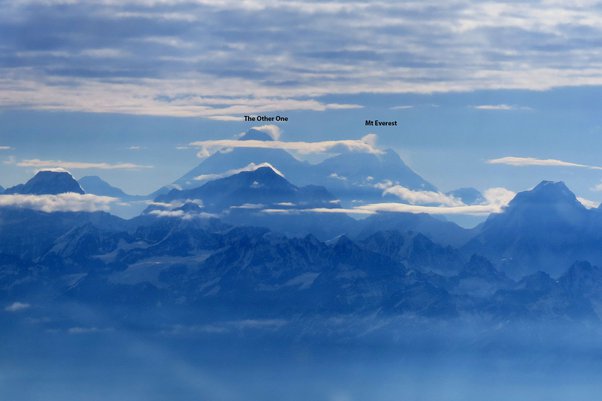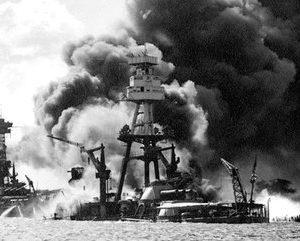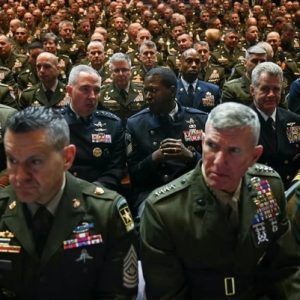A picture speaks a thousand words! Here it is, step by step:
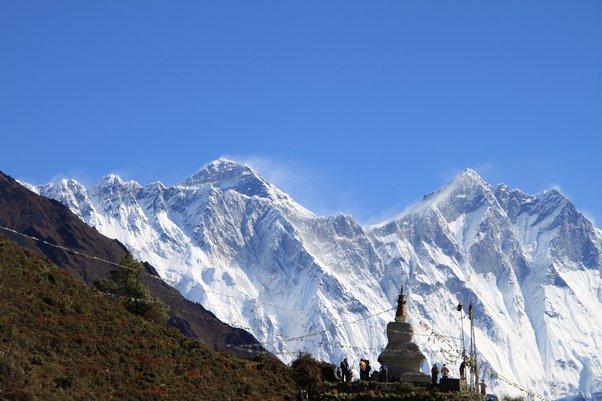
Photo 1: Everest (dark centre peak) seen from about 30 kilometres away, from the south side in Nepal. I’m at an altitude of 3,500m. The summit is 5,300m above me.
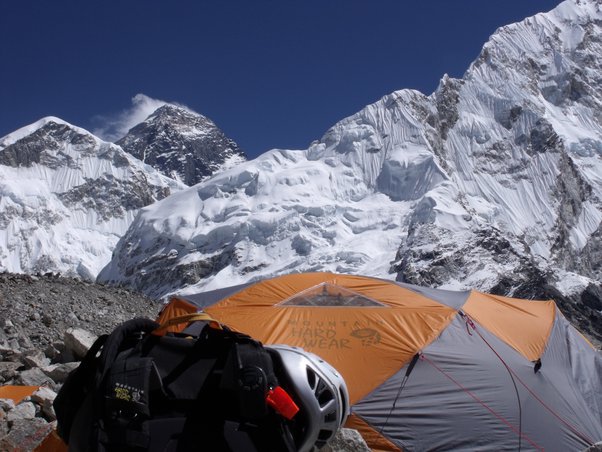
Photo 2: Everest (dark centre mountain) seen from Pumori Base Camp, about 10 km away. The tent is at an altitude of approx. 5,200m. The summit of Everest is at 8,848m.

Photo 3: Everest with a zoom lense from about 10 km away. The summit is about 3,600m above me. Note that little snow clings to the steep sides.
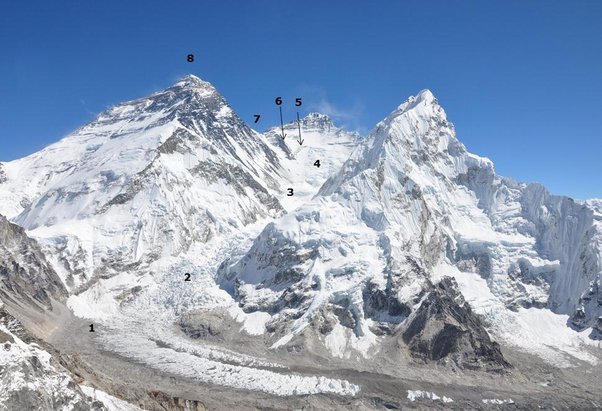
Photo 4: Everest seen from the slopes of Mount Pumori, at an altitude of 6,000m+.
- Everest Base Camp
- The Icefall
- Everest Camp 2. (Camp 1 is hidden from view, but below the number 3).
- Camp 3 on the Lhotse Face (above it in the background is the summit of Lhotse – the 4th highest mountain in the world)
- The Yellow Band
- The Geneva Spur
- The South Col and Camp 4
- The summit of Everest
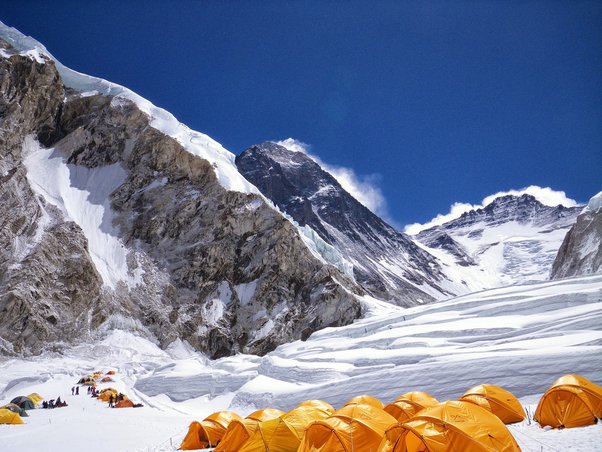
Photo 5: Everest (centre dark peak) seen from Everest Camp 1 at 6,100m. The peak is 2,700 m above the tents. Lhotse is in the frame to the right. The high altitude jet stream is blowing a plume of snow and ice crystals off Everest and Lhotse.
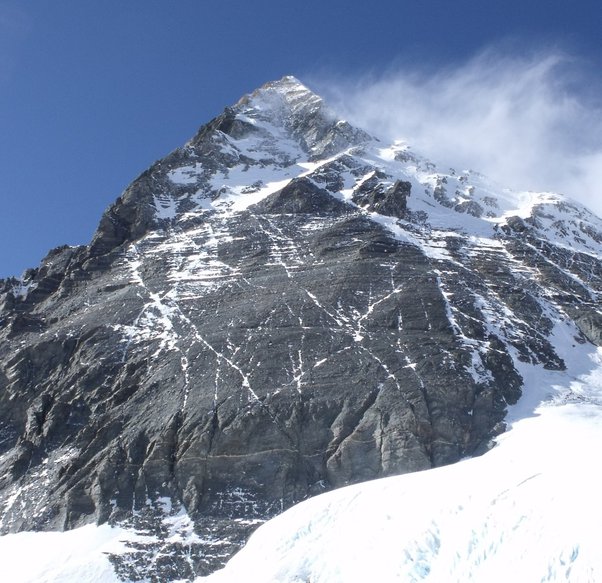
Photo 6: The last vertical 900m of Everest, seen from the Geneva Spur at 7,950m close to the South Col / Camp 4. The true summit is hidden from view at this angle. Only the South Summit (100m below the top) can be seen from this location.
On reaching the South Col in 1953, expedition leader John Hunt was struck by the sight, writing “Above us rose the South Summit of Everest … an elegant snow spire, breathtakingly close yet nearly 3000 feet above our heads … none of us had been prepared for any spectacle quite so sharp, quite so beautiful as this. To me it seemed that a new and unsuspected peak of alpine stature stood above the South Col.”
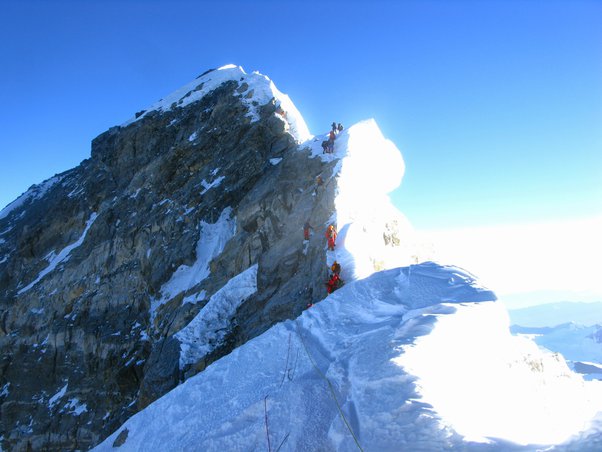
Photo 6a: The last vertical 75m to the summit, climbing along the southeast ridge. My climbing buddy, Greg, took this photo at about 6:20AM. We’d set out from Camp 4 at 6:30PM the previous evening, and climbed through the night.
Zooming in on this photo should reveal good detail on individual climbers, sun still low in the east, several climbers still in the shade of the ridge, a single climber in yellow pants on the Hillary Step, the narrowness of the ridge, a climber above the Hillary Step in black (with a white backpack) almost at the summit.
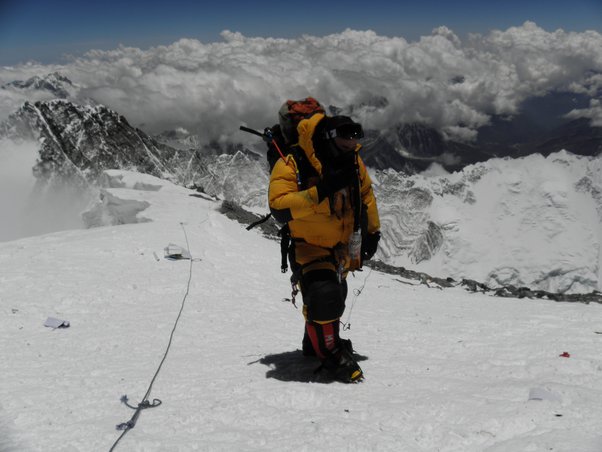
Photo 7: My very good friend Khalid Al Siyabi, 5 paces from the summit, approaching along the south east ridge. This is what the summit looks like; the photographer is standing at the top. There is a drop on all sides.
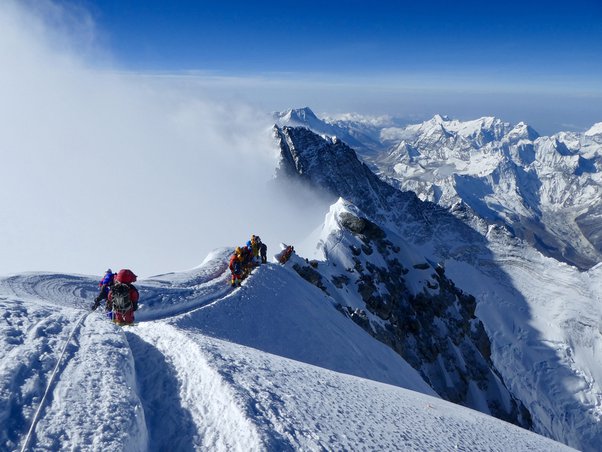
Andrew Towne set out to climb Mount Everest, the highest mountain in the world at 29,029 feet, to overcome his fear of heights.
The Grand Forks, North Dakota, native, a 2015 alumnus of the MBA Program, made his first attempt in the spring of 2015 from Nepal.
Around 1 p.m., he was eating lunch on a folding table in a tent at Base Camp, located on the slowly flowing Khumbu Glacier at around 17,500 feet, when he felt some light rumbling. He thought the person sitting next to him was jiggling his leg, but then he saw the eyes of his expedition leader light up, who instantly recognized what was occurring and said, “Earthquake.”
Towne hurried outside the tent terrified that an enormous crevasse would open up in the ice underneath them and the earth would swallow them up whole. He heard rocks and snow falling, looked north to Everest, and saw a cloud of ice and rocks more than a quarter-mile tall rushing at him.
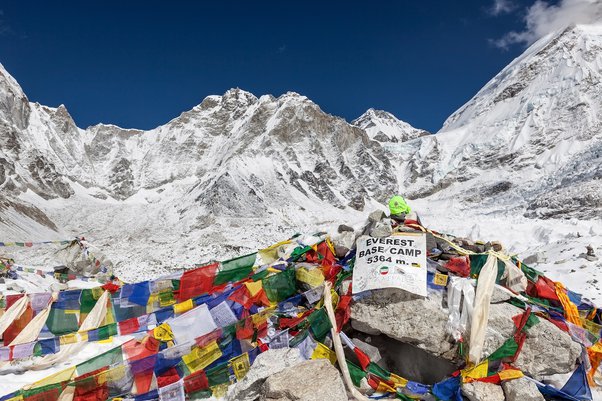
“I had no idea what was in this enormous cloud, but I figured it was not good, so I ran behind the nearest bolder and ducked into the fetal position,” he says. “All my attention went to my back so that I could focus on feeling the first bit of snow and immediately taking one last deep breath in case I was going to tumble down the glacier in an avalanche.”
But in an instant, the danger receded. Everest had spared him.
He stood up, brushed maybe a centimeter of snow powder off his person, and realized that he survived. He heard a crackle on his radio; it was the voice of his expedition leader confirming that his team was safe.
Other parts of Base Camp were not so lucky.
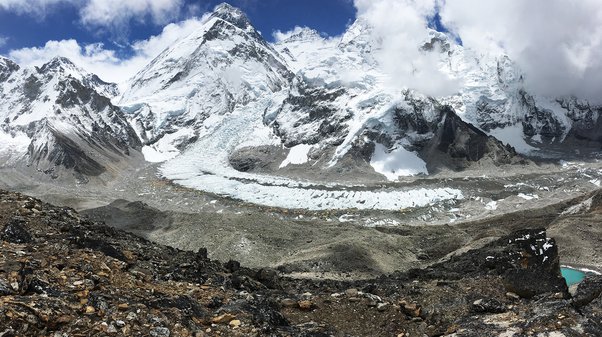
The thrust of the avalanche hit hardest as close as 300 feet from their tents. An ice shelf fell during the earthquake from about 5,000 feet above and smashed on a ridge atop the camp. When the ice shelf crashed into the mountain, it created a cloud of snow, rocks, and large blocks of ice raining down from high above.
“The damage at Base Camp and the deaths occurred when, inside this cloud of snow, some people and tents were hit by chunks the size of tractors and maybe even some as big as a semitruck,” Towne says. “I was lucky enough that the cloud hit me, but none of the chunks of ice or rock hit me.”
Towne’s camp turned out to be one of the least afflicted sections of all of Base Camp. Within half an hour, it was transformed into a triage hospital as casualties began pouring in.
“Quickly, other people started bringing their dead and dying to us,” he says. “There were doctors from other expeditions who set up a makeshift hospital and we started treating them as fast as we could.”
Towne helped doctors distribute warm water bottles to patients, feed the injured, and fetched sleeping bags from other areas of the camp. With the arrival of dusk, temperatures would plummet. Wounded who were not kept warm were at a greater risk of falling into shock.
Here are pictures of it from the Chinese (Tibetan) side. (The one on the right)
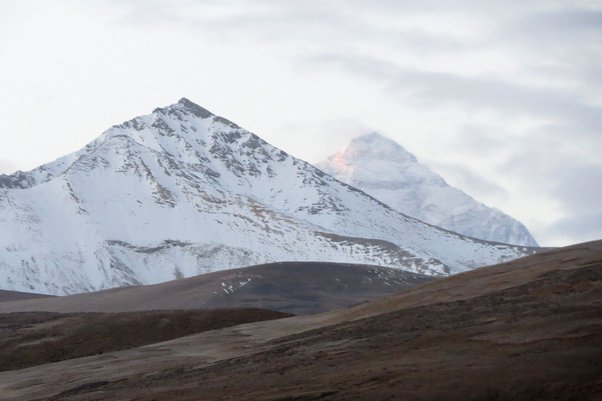
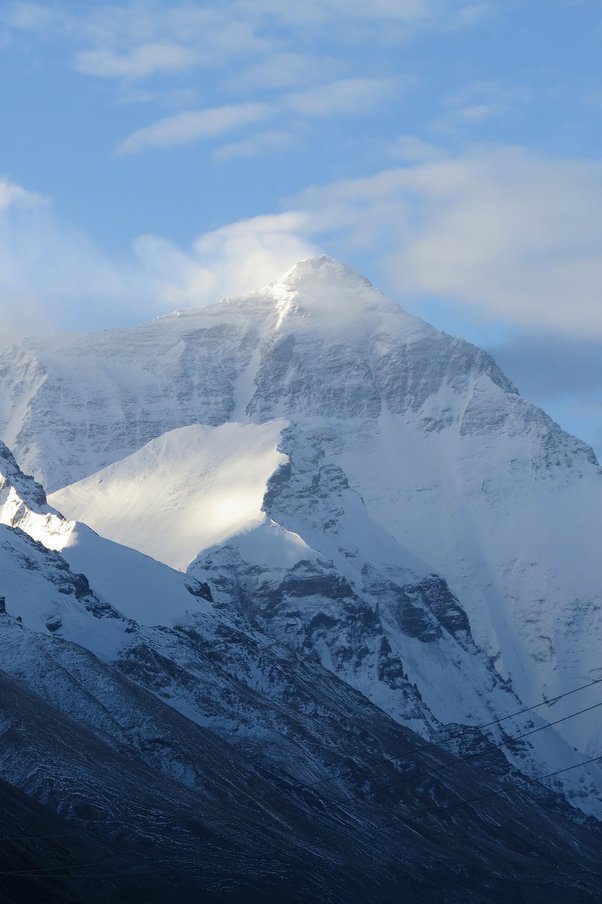
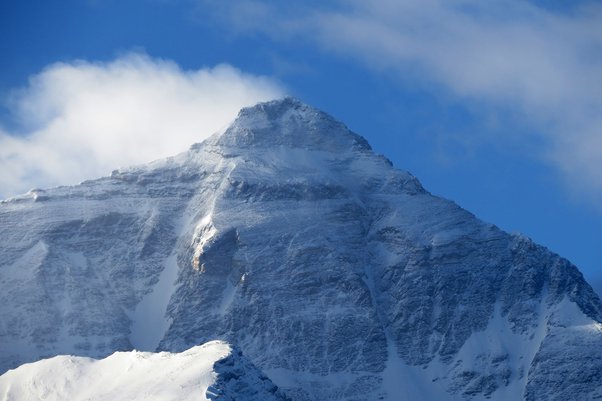
And here’s an aerial view from the Nepalese side
